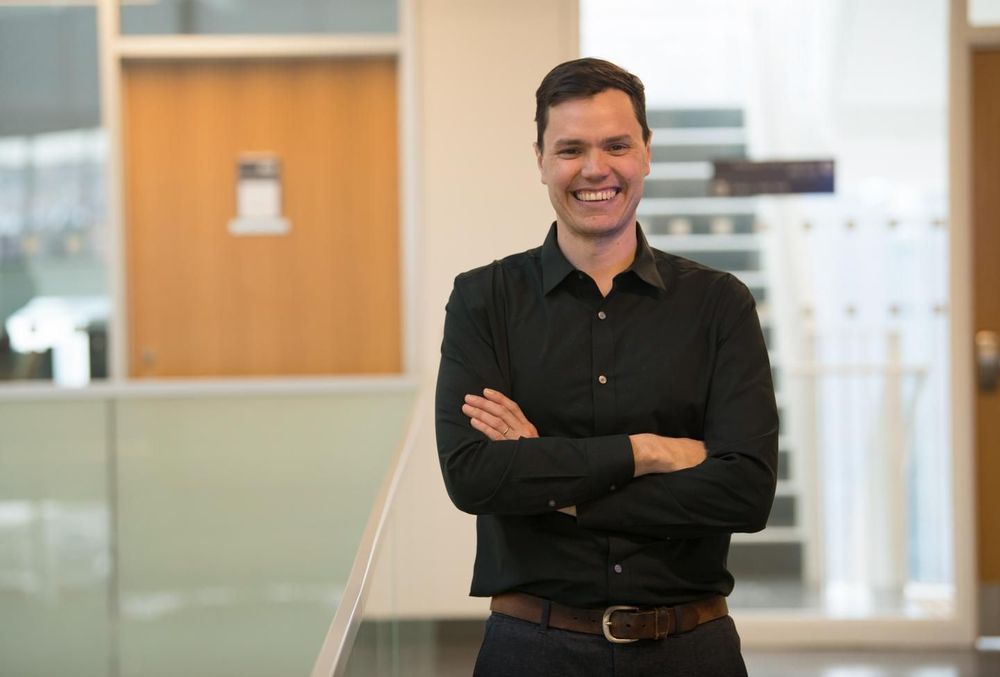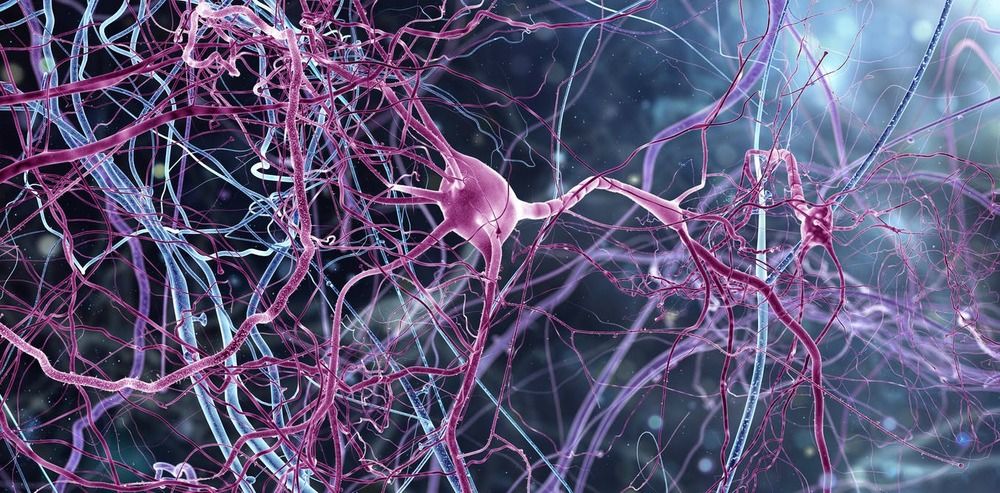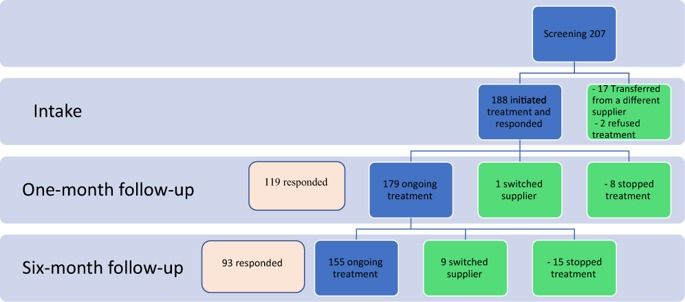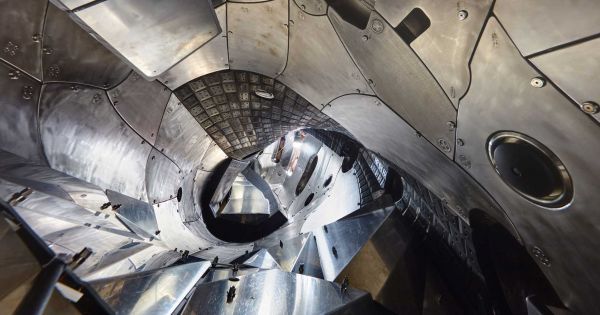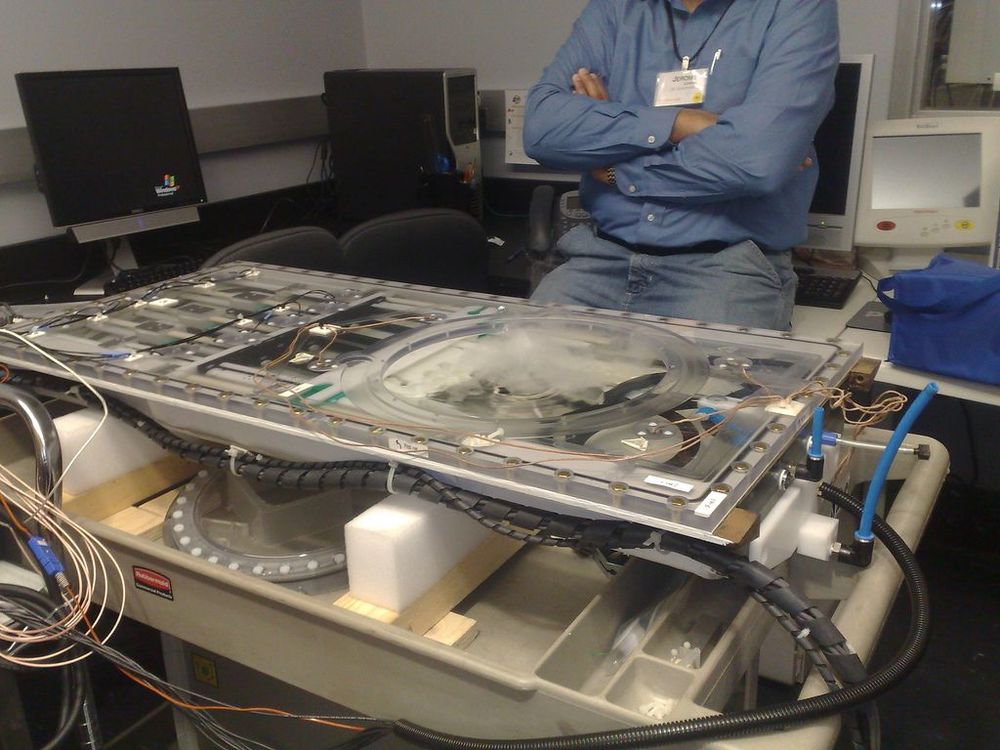For most of us, receiving junk mail is an annoyance. For Sydney woman Lisa Hayes, it’s a thrill.
She was born completely blind and has never known what it’s like to scan through the items in unsolicited catalogues that get stuffed into her letter box. That was until last September when she received a small device that clips onto a pair of glasses and uses sophisticated artificial intelligence technology to recognise faces and read text for her.
“It’s one of the best things I’ve ever had,” she tells news.com.au. Ms Hayes, 50, and says the device has transformed her life.
